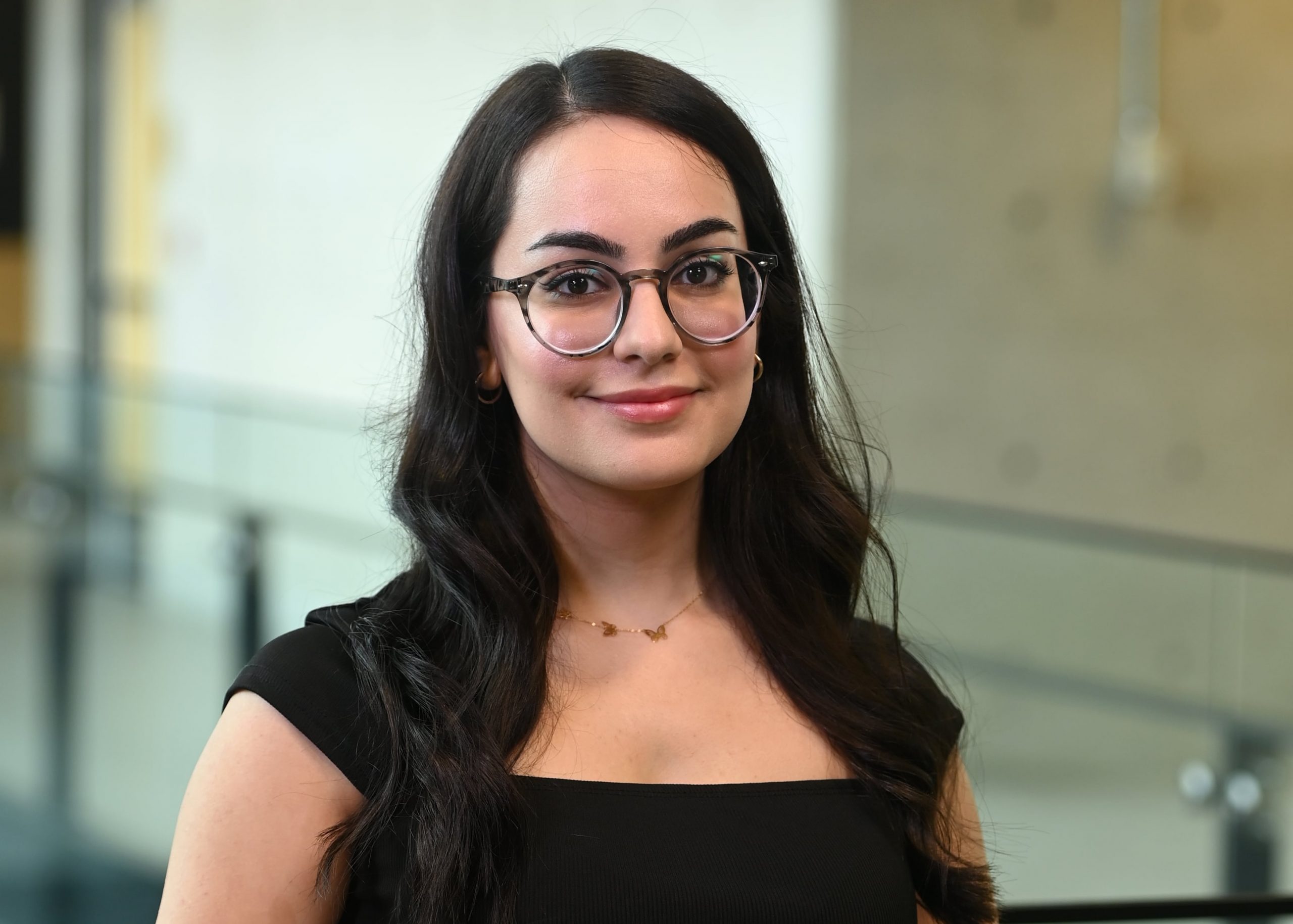
Artificial Intelligence (AI) and Assistive technology are inherently intertwined and quickly becoming one of the fastest growing tools to be utilized by educators and students in the classroom. This quickly developing technology has exploded on campuses across Canada and the United States, prompting new policies and procedures to be developed to encompass the equipment, and the positive and negative outcomes it can have on the education system. Although there is significant concern over the influence and usage of this technology by Universities, AI and Assistive Technology can be extremely beneficial to individuals who experience disability, especially in the classroom.
AI is the power behind the majority of technology-based accessibility tools, including sound screen readers and real-time speech to text converters for visually and audibly impaired individuals. In the classroom, AI technology has become a game changer for individuals who experience disabilities or require a little extra assistance as it offers programs that can improve personal assistance, provide education and learning tools, improve social communication, help create accessible workplaces, and assist in healthcare related fields.
AI has the ability to problem solve small scale obstacles such as setting and displaying reminders for tasks for individuals who have memory difficulties, to larger more permeable needs including interactive or accessible computer interfaces for individuals with a varying range of visual impairments. These technologies have the ability to open and empower by positively impacting people by offering advanced options to remove or limit accessibility barriers from the world that inherently caters to ablism.
As a hearing-impaired individual, I use AI and assistive technology daily. From the Bluetooth hearing-aids I wear, to the voice-to-text software I use in online meetings, I am able to use these technological advancements to my advantage, helping me to be and feel more included in my personal life, academic and professional experiences.
As a disabled educator, AI and assistive technology has provided me an opportunity that I might have otherwise been limited to based on my own disabilities, and students in my classes in need of assistive options new and constantly improving inclusive tools in the classroom. Although AI can be seen in a negative light in education for fear of academic integrity issues, this technology also has a wonderful, positive and door-opening side that need to be further explored for academic inclusion!
So, tell me, what can AI and assistive technology do for you?
Photo via Canva










